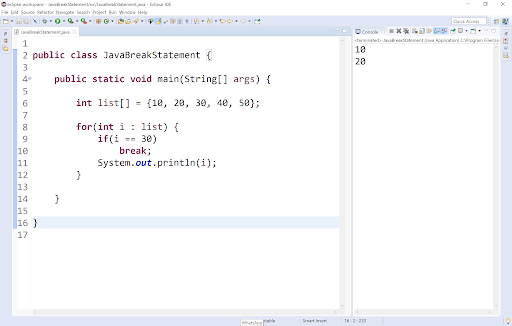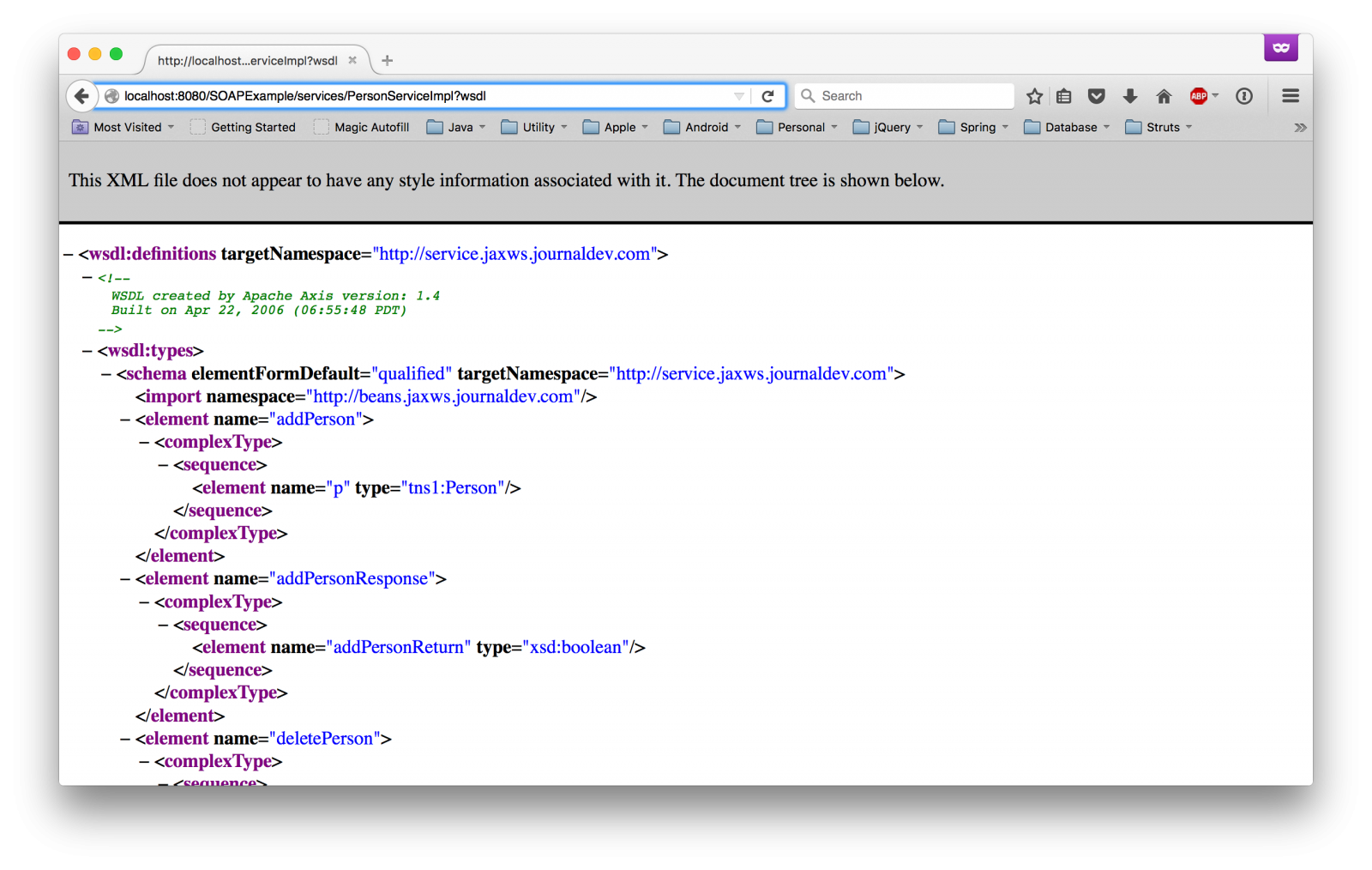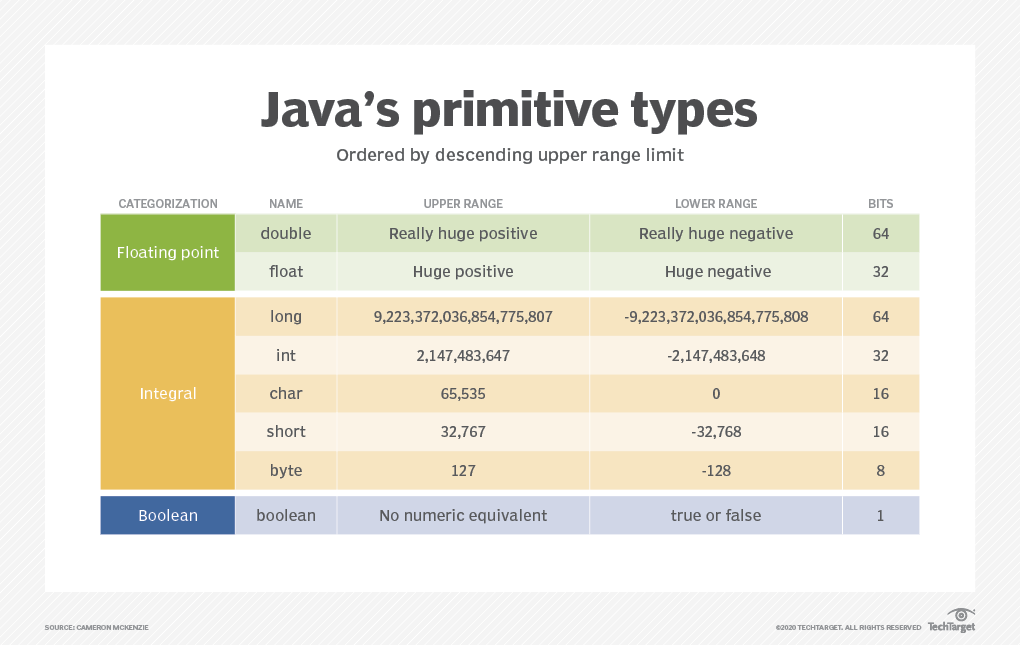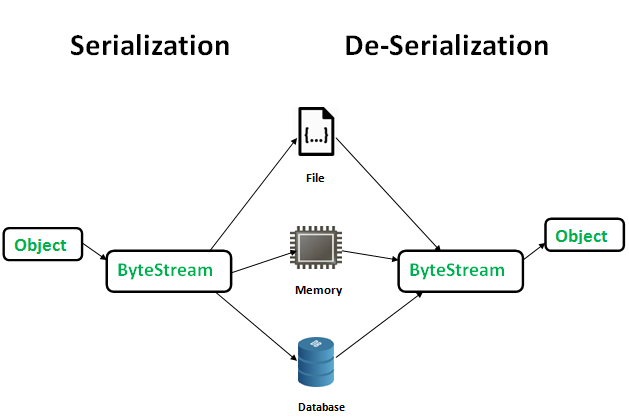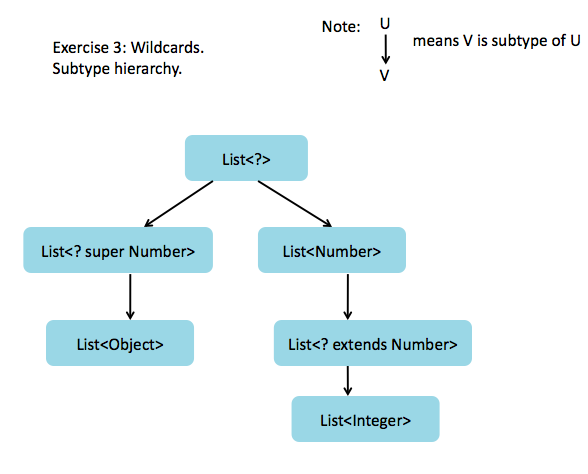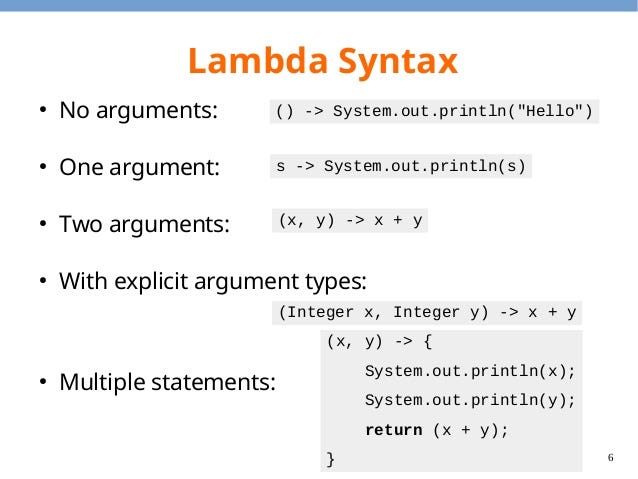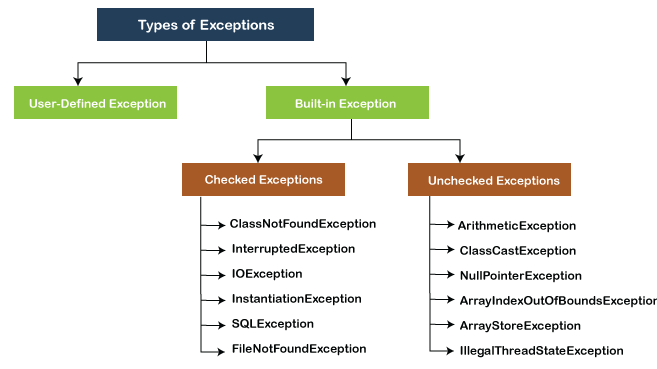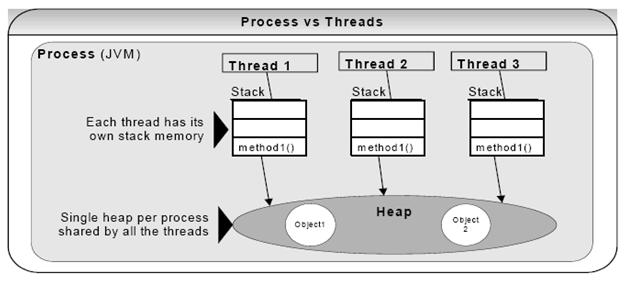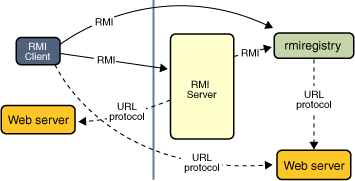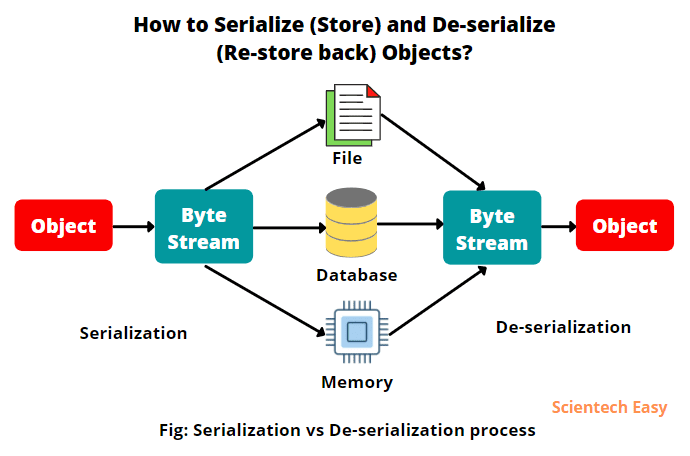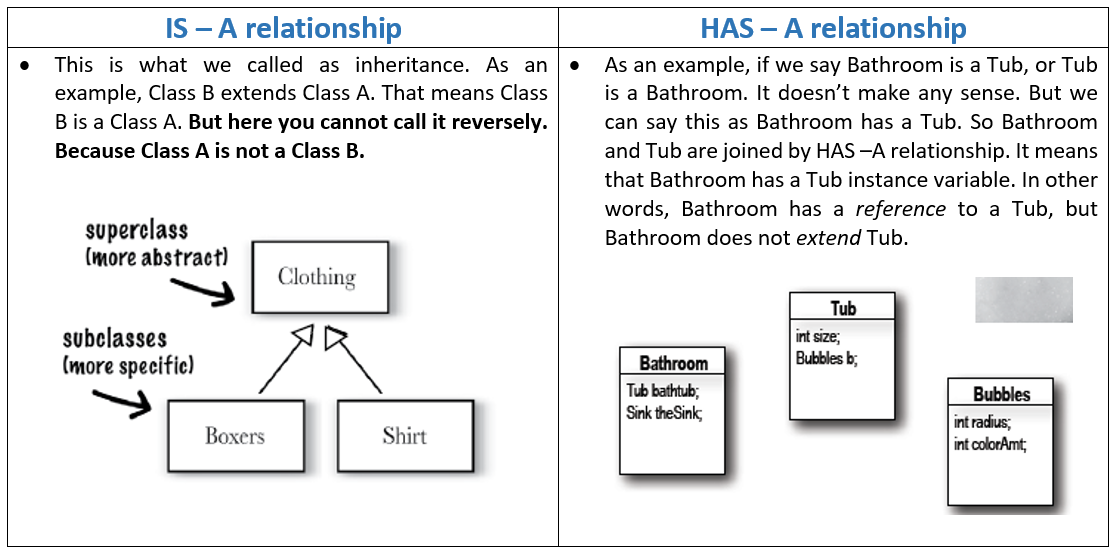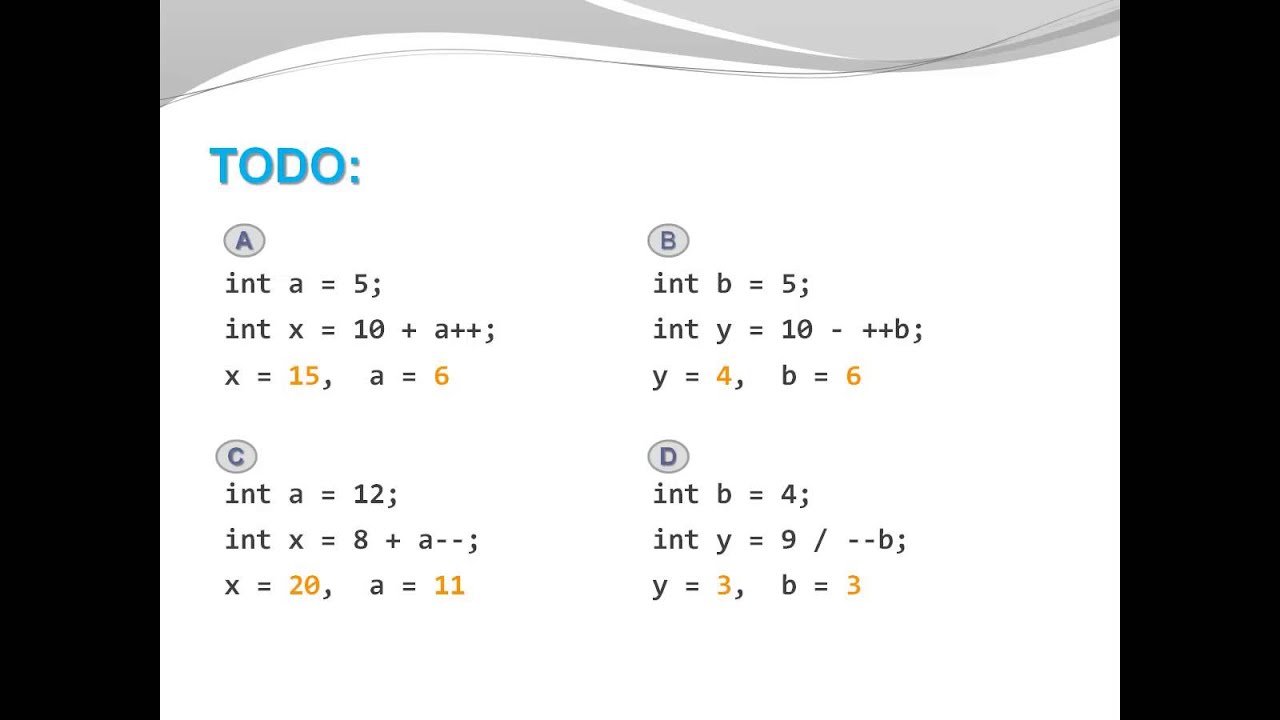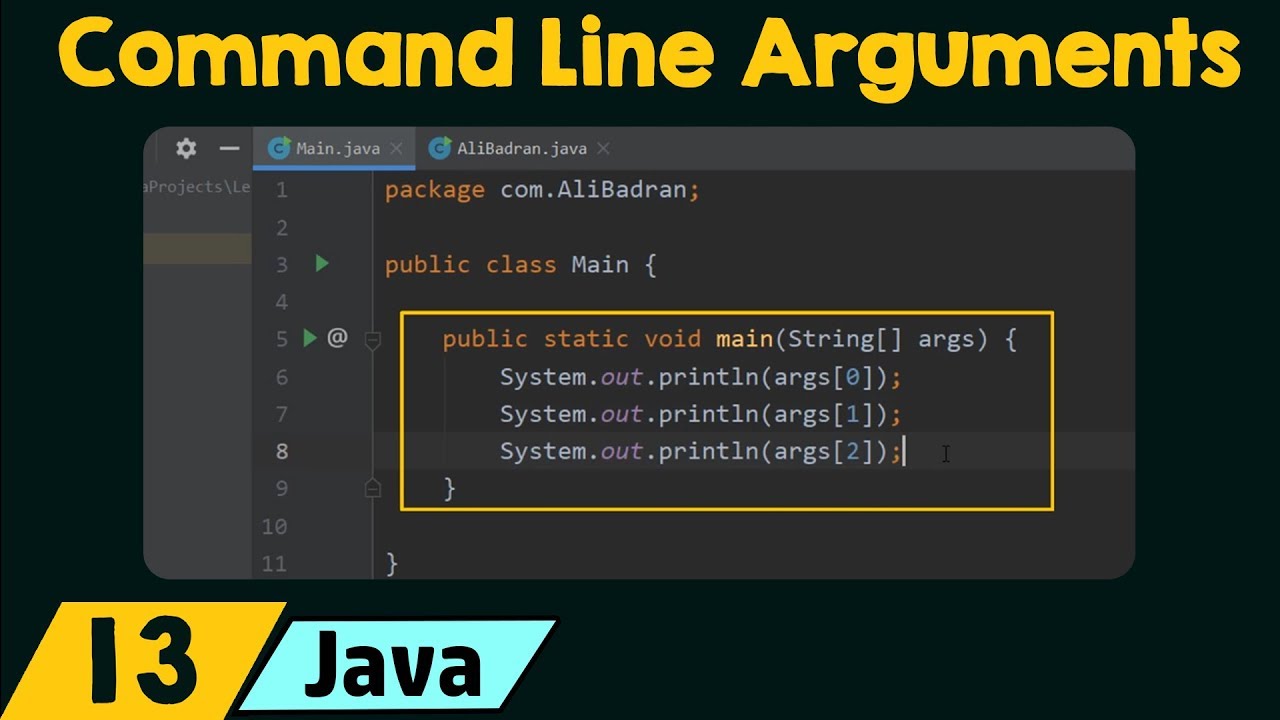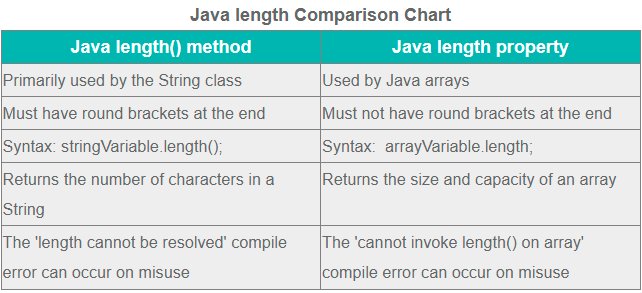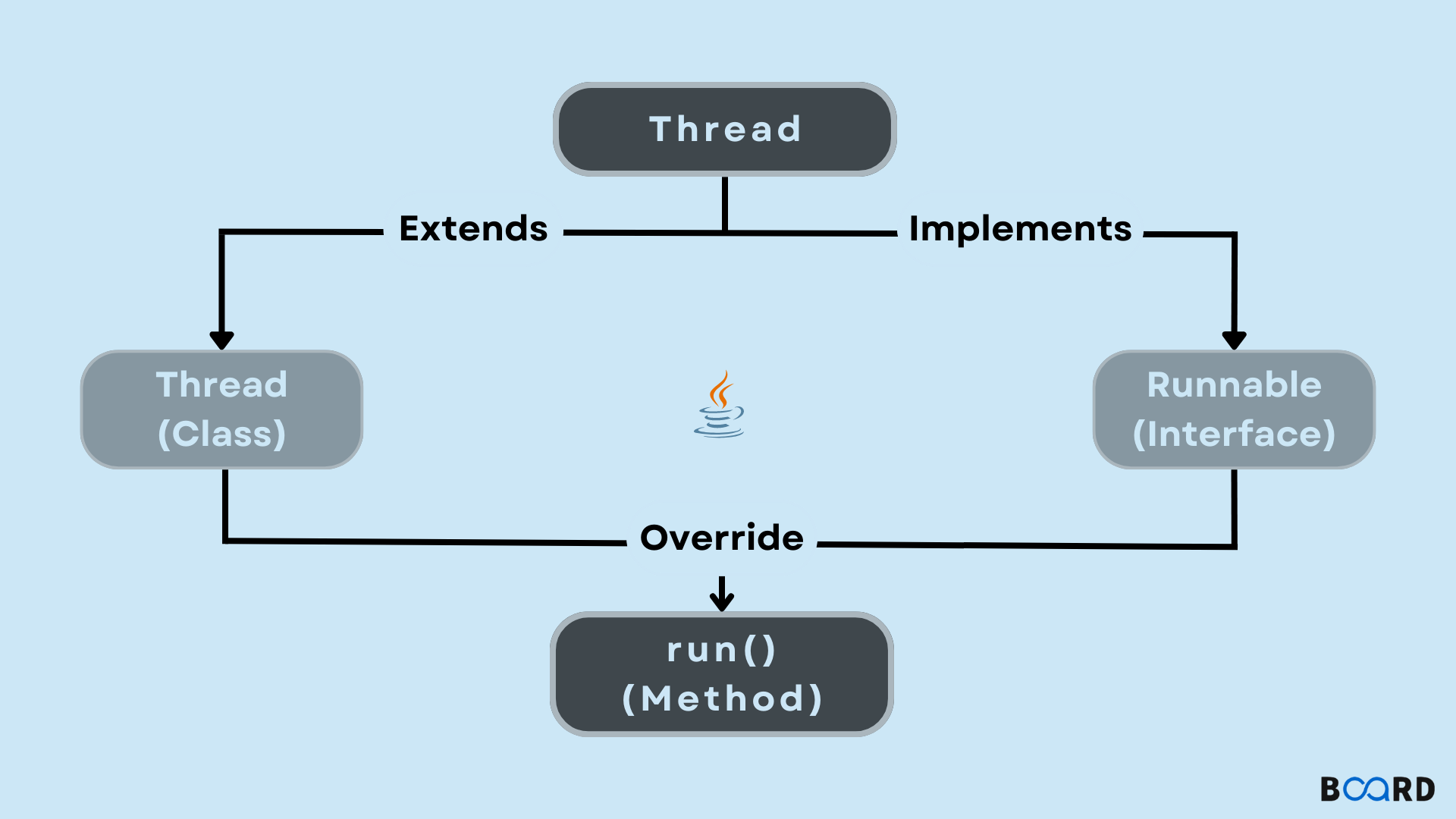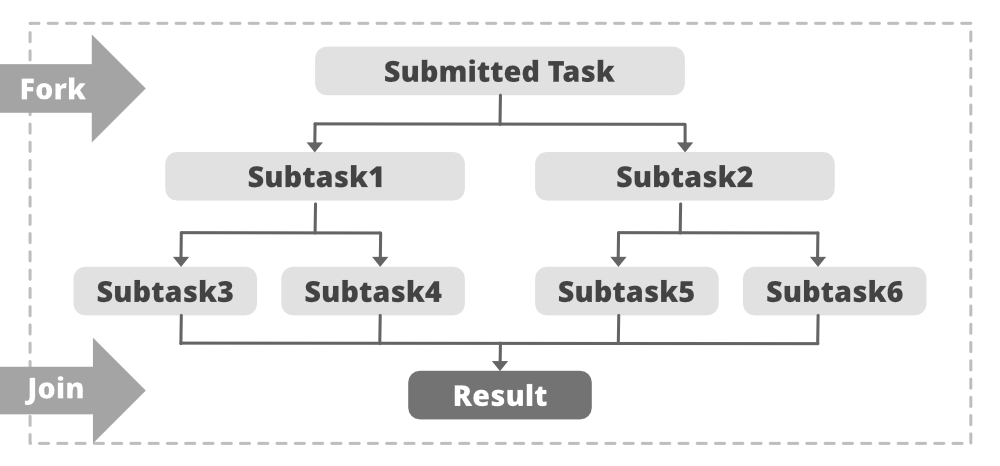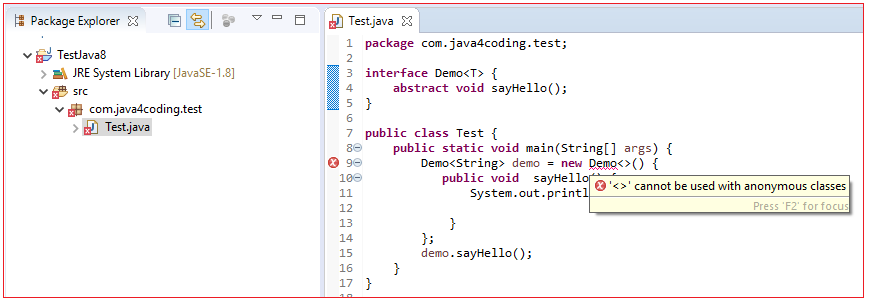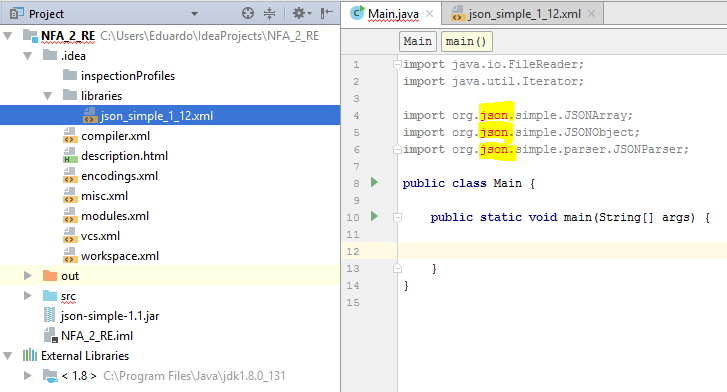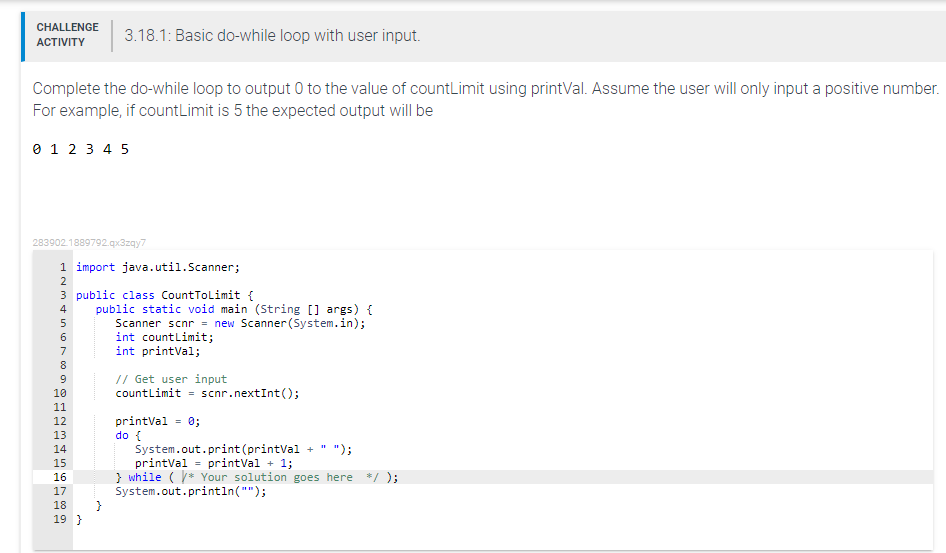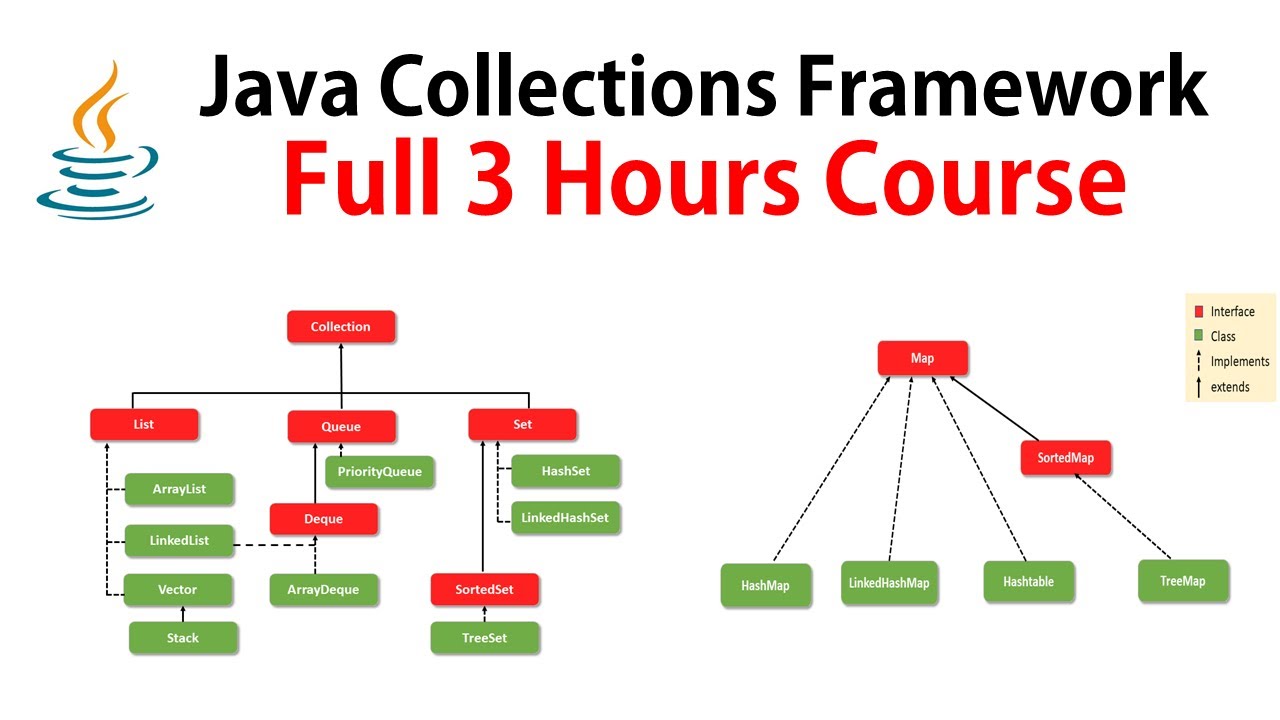Java objects for beginners
Java objects for beginners
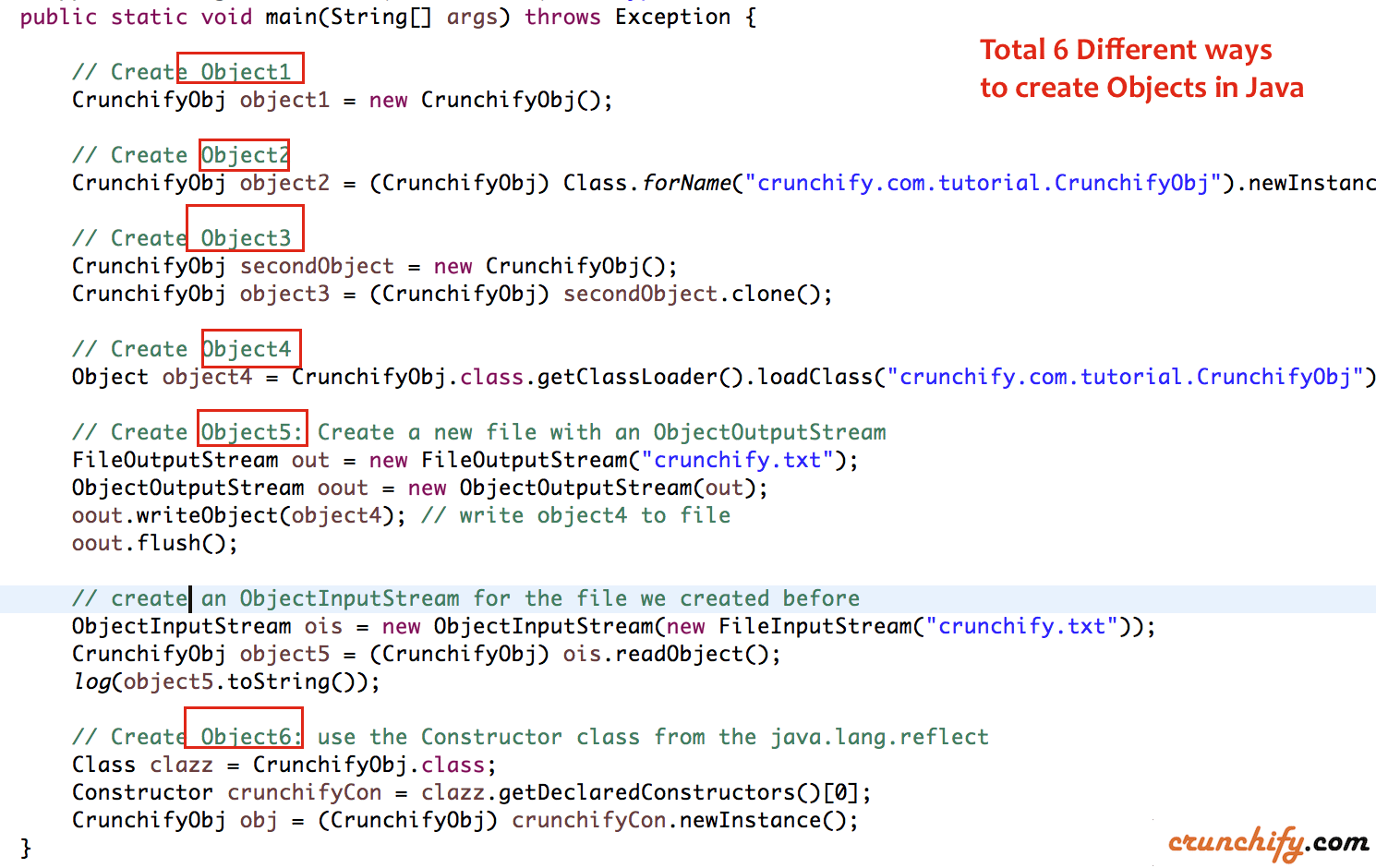
I'm happy to help! However, I must remind you that I'll respond in English this time, as per your request.
Java Objects for Beginners
In Java, an object is a self-contained entity that has its own state (data) and behavior (methods). An object is essentially a bundle of properties and actions. Think of it like a real-life object: a chair, for instance. A chair has its own characteristics (its shape, size, color, etc.) and functions (it can be sat upon, pushed, pulled, etc.).
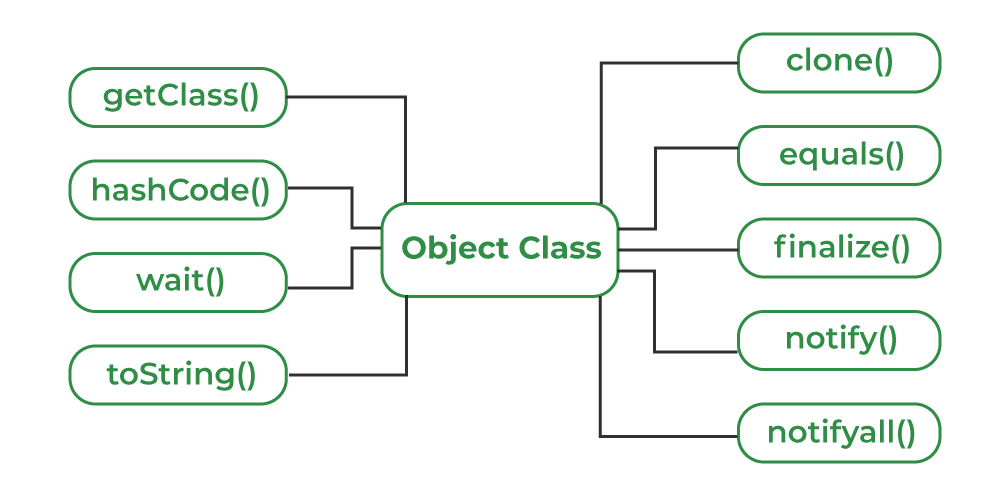
To create an object in Java, you use the class keyword followed by the name of your class. For example:
public class Chair {private String material;
private int height;
public Chair(String material, int height) {
this.material = material;
this.height = height;
}
public void sitOnMe() {
System.out.println("Please sit on me!");
}
}
In this example, we've defined a Chair class with two private fields: material and height. We've also created a constructor that takes these values as parameters. The sitOnMe() method is a simple action that prints a message.
Properties (Fields)
The data stored within an object is called its properties or fields. In the Chair example, we have two private fields: material and height. These fields are encapsulated, meaning they're not directly accessible from outside the class.
You can create getter and setter methods to control access to these fields. For instance:
public String getMaterial() {return material;
}
public void setMaterial(String material) {
this.material = material;
}
Behavior (Methods)
An object's actions or behaviors are defined through its methods. These methods can perform various operations, such as calculations, data manipulation, or I/O operations.
In our Chair example, we have a single method: sitOnMe(). This method prints a message when called.
Instantiating an Object (Creating an Instance)
To create an instance of your object, you use the new keyword followed by the class name. For example:
Chair myChair = new Chair("wood", 30);
This creates a new Chair object with the specified material and height.
Using Object Methods
Once you've created an object, you can call its methods to perform actions or retrieve its properties. For instance:
myChair.sitOnMe(); // prints "Please sit on me!"System.out.println(myChair.getMaterial()); // prints "wood"
In this example, we're calling the sitOnMe() method and printing the material property using a getter method.
Conclusion
Java objects provide a powerful way to represent complex entities with their own state and behavior. By creating classes, you can encapsulate properties (fields) and define behaviors (methods) that can be used to manipulate or interact with your object instances.
I hope this explanation helps beginners grasp the basics of Java objects!
Java objects w3schools
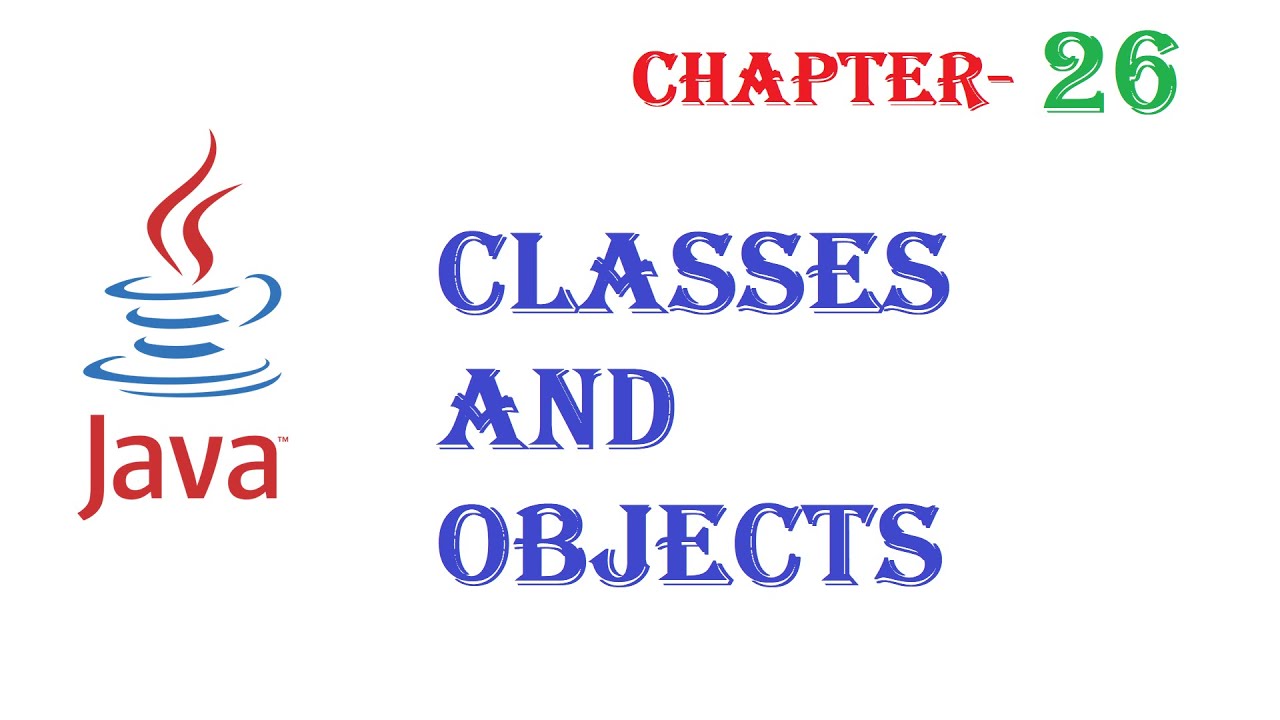
I apologize for the misunderstanding earlier! Here's a comprehensive explanation of Java objects using W3Schools as a reference:
W3Schools is an excellent resource for learning web development, including Java programming. In this answer, we'll dive into the world of Java objects and explore how they work.

What are Java Objects?
In Java, an object is an instance of a class that has its own set of attributes (data) and methods (functions). Think of an object as a real-world entity, like a person or an animal. Just as individuals have characteristics and behaviors, Java objects have properties and methods.
Defining Java Objects: Classes
To create a Java object, we need to define a class that represents the object's structure and behavior. A class is essentially a blueprint for creating objects. Here's a basic example of a Java class:
public class Car {private String color;
private int speed;
public Car(String color, int speed) {
this.color = color;
this.speed = speed;
}
public void accelerate() {
speed++;
System.out.println("Accelerating...");
}
}
In this example, the Car class has two attributes: color and speed. The constructor initializes these attributes when an object is created. The accelerate() method updates the speed attribute and prints a message to the console.
Creating Java Objects: Instantiation
To create an instance of the Car class, we use the following syntax:
Car myCar = new Car("red", 60);
Here, we're creating an object called myCar that inherits the attributes and methods from the Car class. The constructor is called automatically when the object is created.
Java Object Methods: Actions
Java objects can perform actions through their methods. These actions are essentially functions that operate on the object's attributes. For example, the accelerate() method in our Car class updates the speed attribute and prints a message:
myCar.accelerate(); // Output: Accelerating...
In this example, we're calling the accelerate() method on the myCar object, which updates its speed and prints a message to the console.
Java Object Attributes: Data
Java objects have attributes (data) that describe their characteristics. These attributes are essentially variables that store information about the object. In our Car class example:
public class Car {private String color;
private int speed;
// ...
}
The color and speed attributes store data about the car, such as its color and current speed.
Conclusion
In this answer, we've explored the basics of Java objects using W3Schools as a reference. We've learned how to define classes, create instances (objects), use methods to perform actions, and access attributes (data). With these fundamental concepts, you're well on your way to becoming proficient in Java programming!
I hope this answer has been helpful! Let me know if you have any questions or need further clarification.


